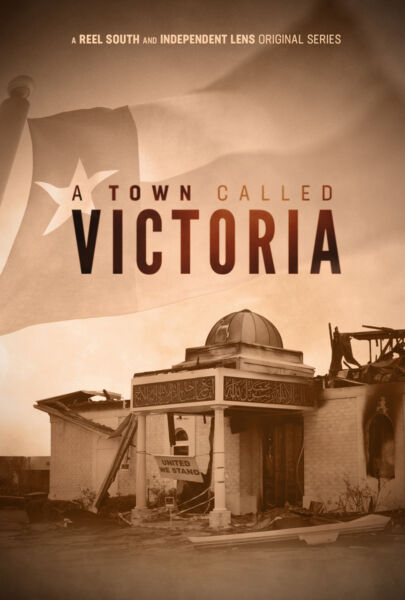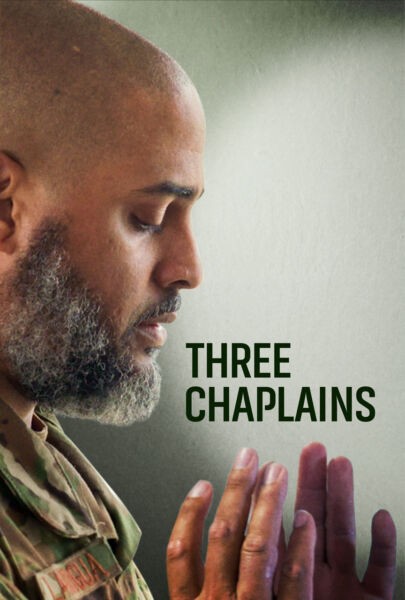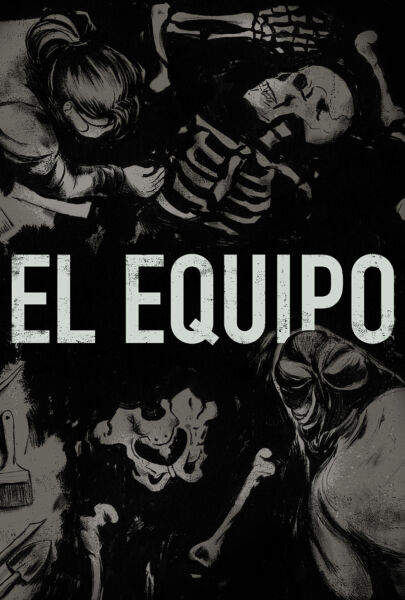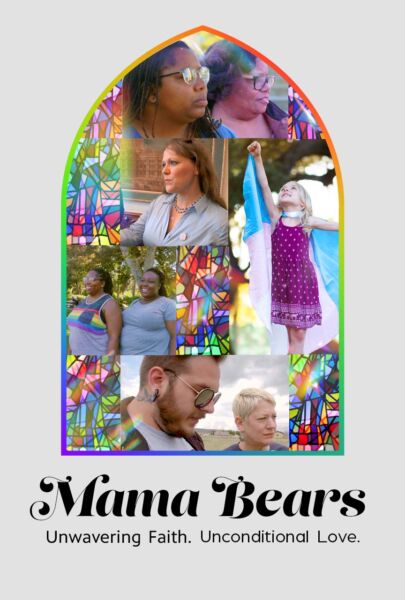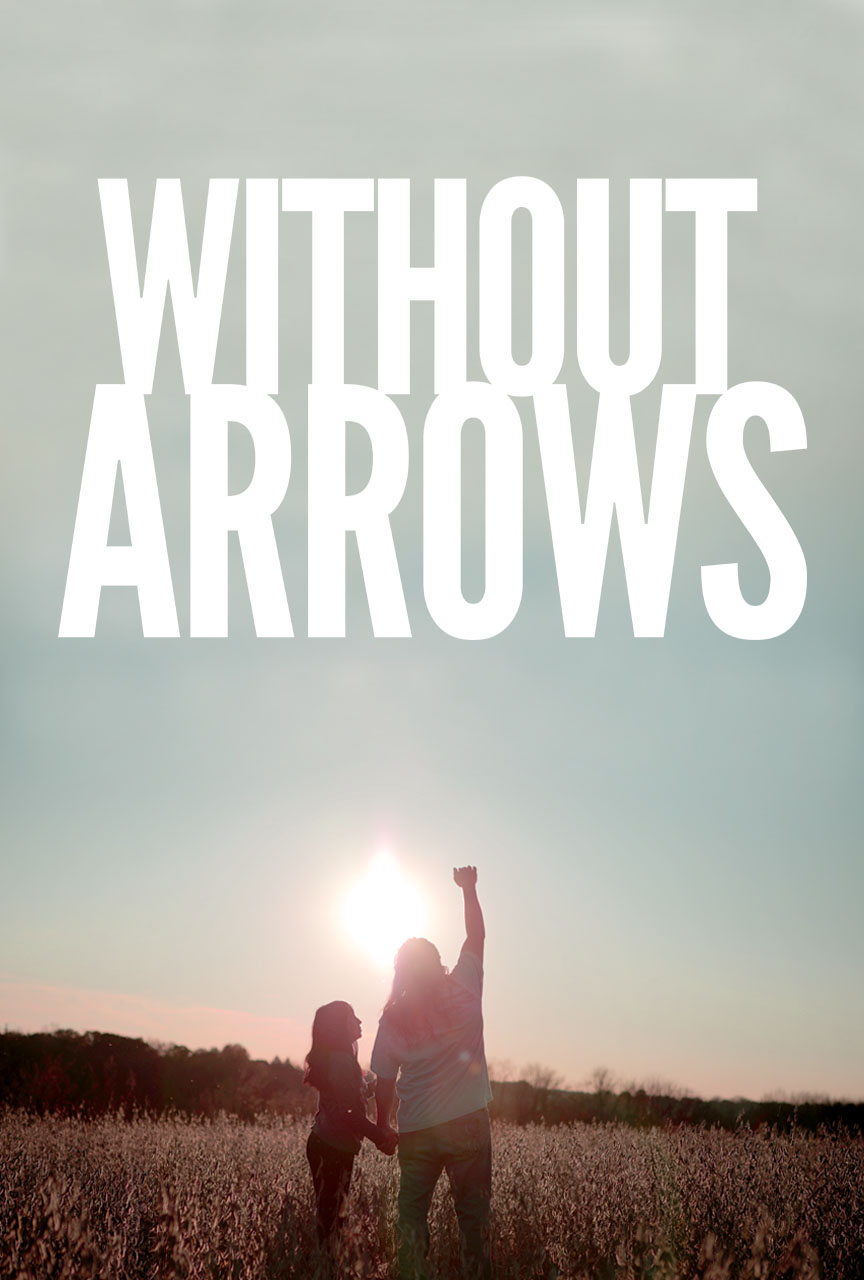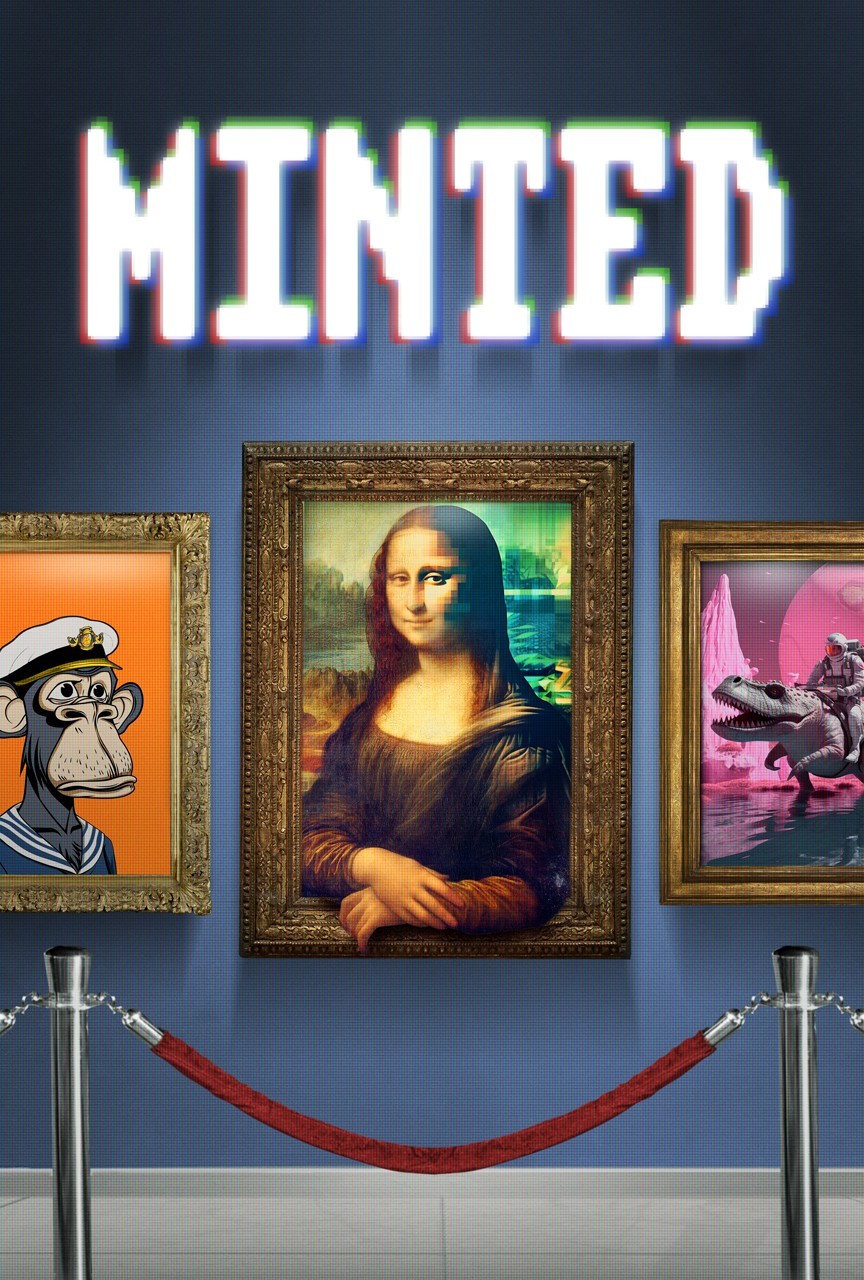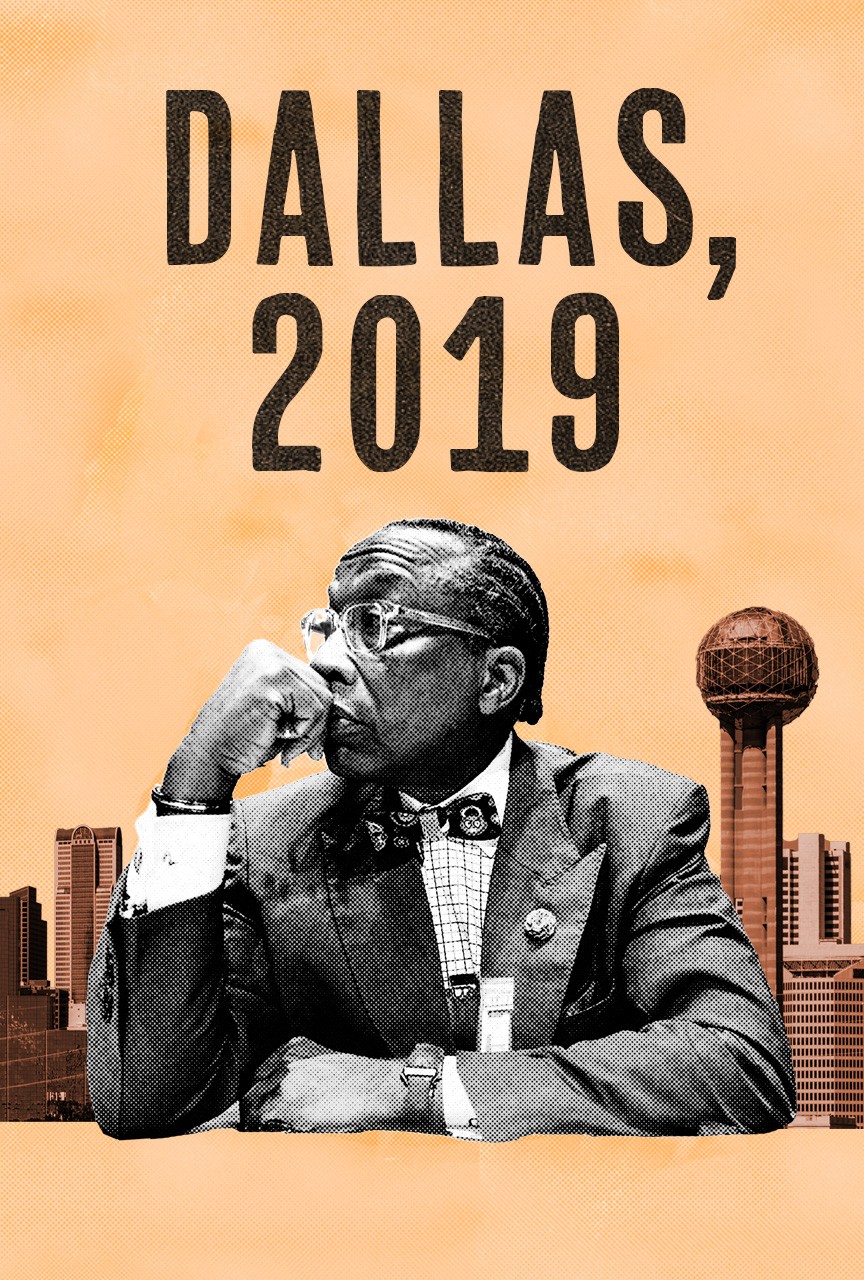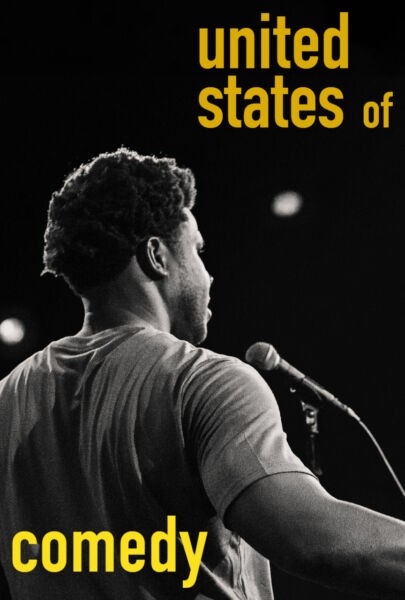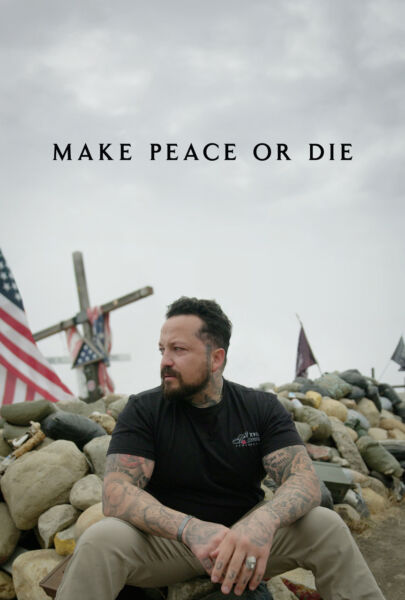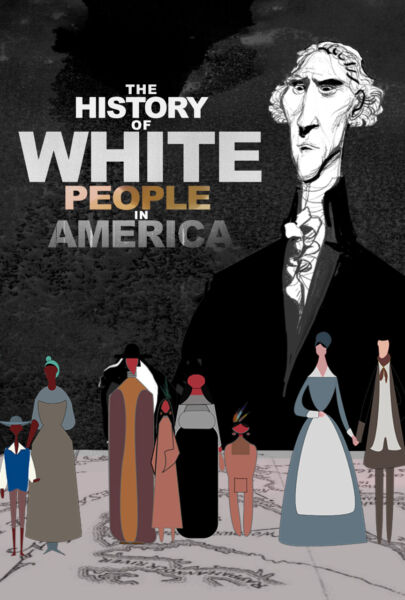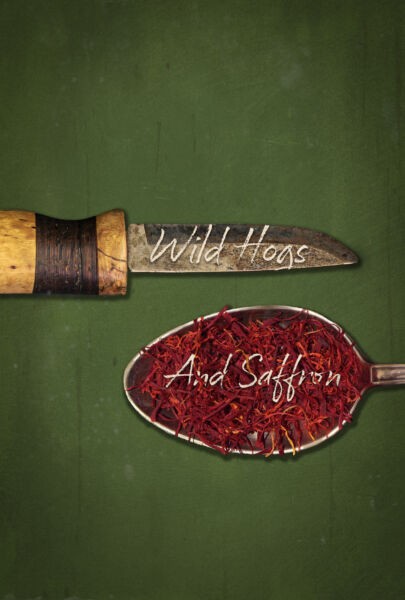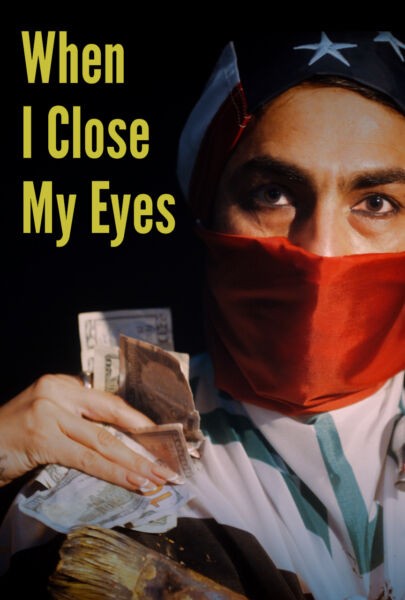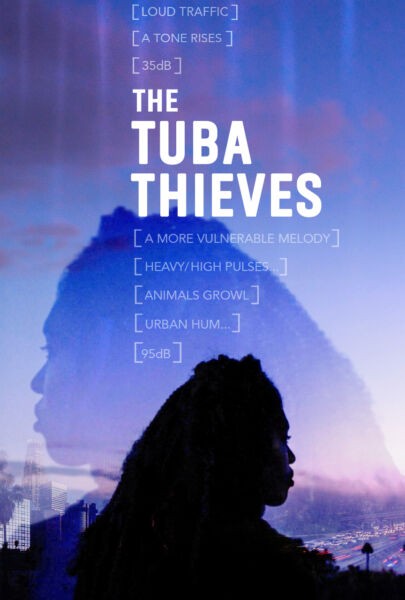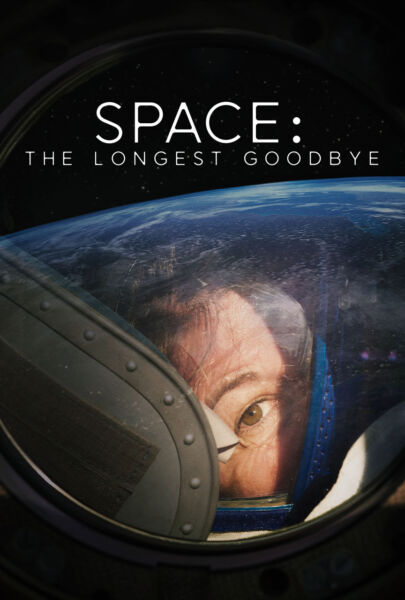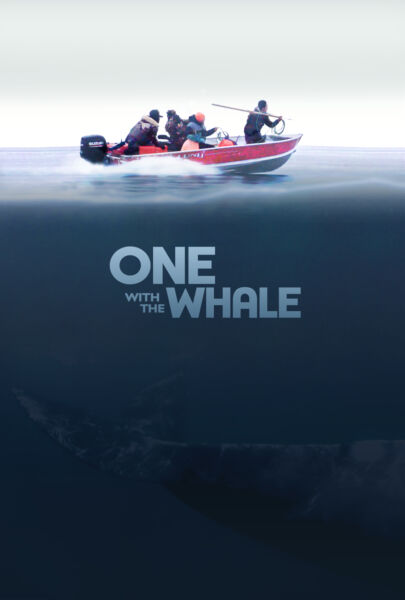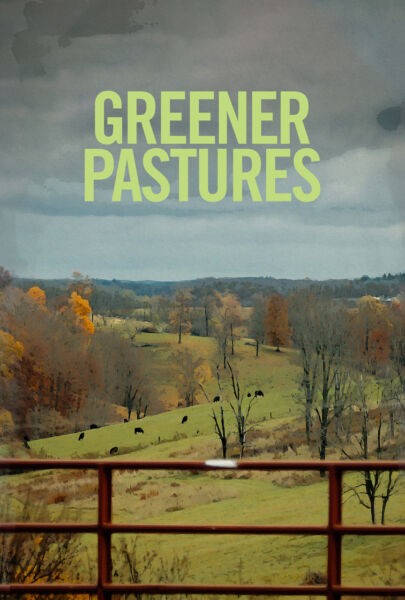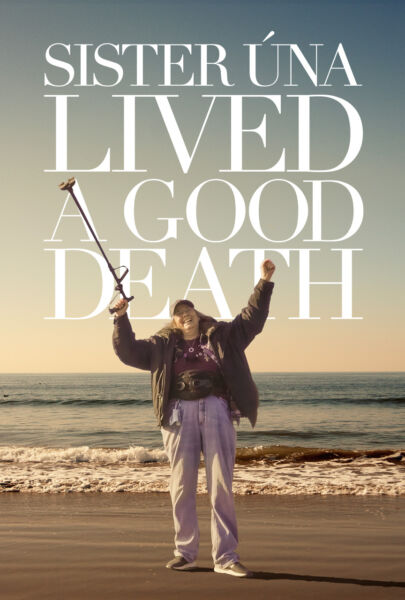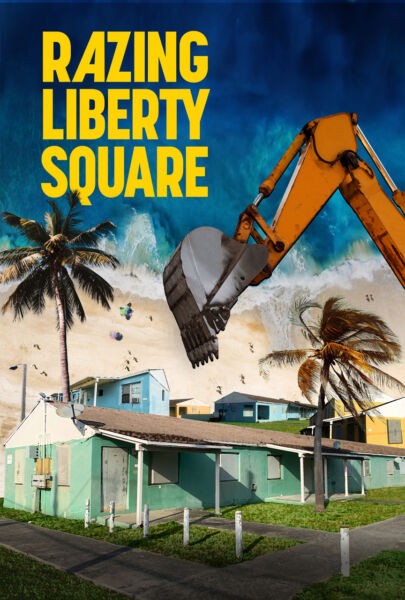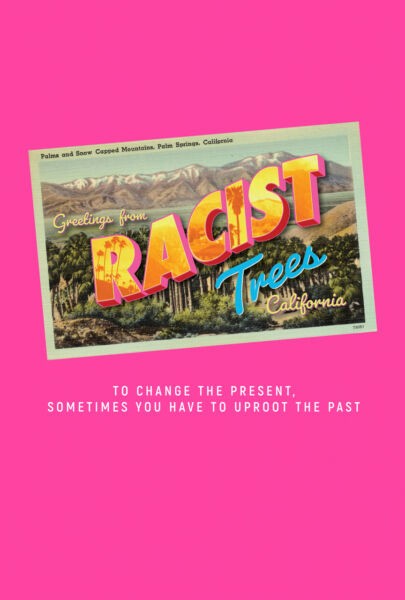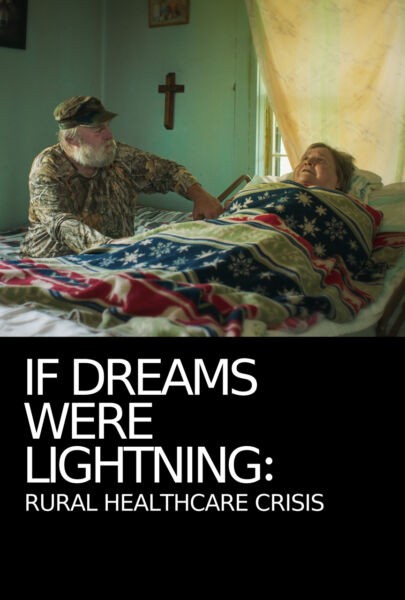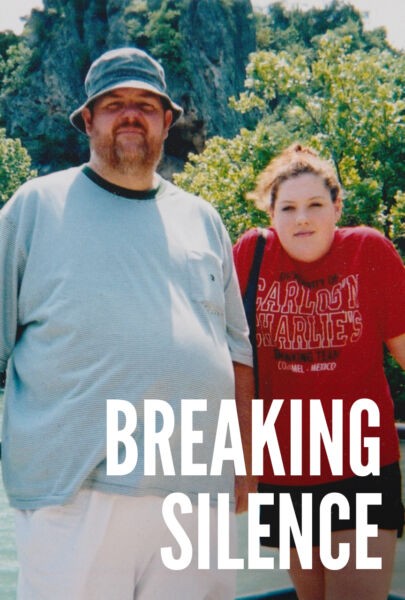
The “making of” documentary has become a lively subgenre of nonfiction filmmaking, thanks in large part to the explosion of home video and the proliferation of cable channels in the past few decades. Once a purely promotional creation to run in theaters or on entertainment TV shows, the mix of behind-the-scene peeks, production footage, and cast and crew interviews have become standard items on DVDs and Blu-rays purchased by fans eager to devour every last detail behind their beloved films. From the five-minute puff piece to the epic three-and-a-half-hour Dangerous Days: Making Blade Runner, it’s become part of the immersive cinema experience. (You can read more about some great Making Of docs in Scott Weinberg’s tandem piece “Documentaries for Movie Geeks: Films About Films,” on this very site.)
Far less common but often more interesting is a relatively recent phenomenon of documentaries on films that were never made, an “unmaking of,” if you will. Whether shut down in the heat of production due to outside forces or abandoned before even coming before cameras, these documentaries look at the creative energy that goes into the planning of a film and hint at what might have been. They also remind us just how complex making a motion picture can be, especially when passionate creators are engaged in a labor of love in the face of studio resistance, production setbacks, or financial troubles.
Here are the stories of a few films that might have been.
The Epic That Never Was (1965)
Made for British television, The Epic That Never Was looks at the ill-fated attempt by producer and aspiring British film mogul Alexander Korda to turn Robert Graves’s novel I, Claudius into a lavish historical drama. Charles Laughton was to star in the title role as the stuttering member of the Roman ruling family who survived the reign of Caligula to became Emperor. Korda brought over American director Josef von Sternberg, a master of cinematic decadence, to suggest the culture of debauchery and excess of the period. As Korda clashed with the autocratic filmmaker over the direction and Laughton struggled to “find the man” in his portrayal, the budget spiraled out of control. When leading lady Merle Oberon was severely injured in an auto accident, Korda shut the production down to cut his losses.
This old-school documentary is built around 25 minutes of footage from the production, interspersed with interviews with surviving members of the production (including von Sternberg and Oberon) and framed by commentary by narrator Dirk Bogarde. Filmmaker Bill Duncalf presents a genteel portrait delivered with the sober, dispassionate quality of historical scholarship. Given the revelations of subsequent biographies, there’s a much more sensationalistic story to be told, but the production footage is priceless, providing an unprecedented record of Laughton at work creating a screen character through trial and error and offering a glimpse (if only a glimpse) of what might have been Korda’s most ambitious film.
I’m sure that Duncalf had no inkling that he was launching a whole new genre of film history on film, or that future such productions would show no such restraint in exploring and exploiting the behind-the-scenes drama.
[From The Epic That Never Was]
It’s All True: Based on a Film by Orson Welles (1993)
In 1942, after completing principle photography on his second Hollywood feature The Magnificent Ambersons, Orson Welles traveled to Brazil with a production team and the blessing of the US government to make a cinematic portrait of the country as part of the “good neighbor policy” deemed essential for the war effort. The film, which he envisioned as a lively anthology mixing documentary, fiction, and travelogue, was shut down while he was still shooting his way through the country and the footage was locked up and, for the most part, thought lost.
The raw footage for a segment he called “Four Men and a Raft” was discovered in a film vault in the early 1990s. Shot after funds had been cut off by the studio, Welles resorted to continuing on guerilla style, without sound or much of a crew and Welles himself often behind the camera.
He left no cutting instructions and was never able to assemble even a rough cut of the footage, so film historians and filmmakers Richard Wilson, Myron Meisel, and Bill Krohn didn’t even try to guess his intentions. They simply cut the footage together in a simple continuity, showing off the amazing black and white imagery and giving viewers the barest outline of the story he had in mind.
It forms the centerpiece of a documentary that explores the history and background of the project. It reveals the studio politics as RKO ushered in a new president and turned on Welles while he was out of the country, but the filmmakers are less concerned with casting blame than exploring how Welles’ creative method evolved with the circumstances and celebrating his innovative approach. The possibilities hinted at in the footage saved from oblivion are tantalizing indeed. [This documentary is currently available to watch on Amazon Prime.]
Lost in La Mancha (2002)
While no American filmmaker has struggled as mightily to make movies in the face of Hollywood resistance and production disasters as Orson Welles, Terry Gilliam, the former Monty Python animator-turned-dark fantasist of modern movies, can claim runner-up status. Lost in La Mancha presents the filmmaker as a modern Sisyphus.
Originally begun by two young filmmakers as a featurette for a DVD supplement, what was to be a behind-the-scenes glimpse of the making of a Terry Gilliam film turned into a painful, morbidly funny, nightmarish, and fascinating portrait of the unmaking of a movie.
The production of “The Man Who Killed Don Quixote,” starring Johnny Depp and Jean Rochefort, was hanging by threads even before pelting hail, flash floods, and a crippling injury to Rochefort (who smiles through a painful day of shooting on horseback before he discovers he has a herniated disc) plagued the film, like a curse by the gods on an artist whose films are equal parts wonder and satirical cynicism.
After two weeks of brutal, unrelenting disasters, directors Keith Fulton and Louis Pepe (who previously documented the making of 12 Monkeys) watched the film bleed to death, yet the few delightful minutes of Gilliam’s finished film show us just why he continues to defy the gods and put his hubris on the line when he’s given the green light on his next cinematic labor of love. As of this writing, Gilliam is once again trying to resurrect the film, with John Hurt as Quixote.
2018 Update [via editor]: Terry Gilliam finally got his Quixote film made, starring Adam Driver and Jonathan Pryce, even though the project still seems a bit cursed: It needed court approval to screen at Cannes this year, and got dumped by streaming service Amazon. But eventually we can at least see it. Read more on the BBC.
Henri-Georges Clouzot’s Inferno (2009)
In 1964, French filmmaker Henri-George Clouzot — a man at the top of his game and his fame for such films as The Wages of Fear and Diabolique — was given carte blanche by Columbia Pictures to make a dream project. His film, a portrait of obsessive jealousy in a husband who becomes insanely paranoid and maniacally controlling of his beautiful young wife, collapsed in the director’s own obsessive camera tests and experiments, increasingly demanding direction, and endless reshoots.
He pushed the production over budget and over schedule and drove his leading man (Sergio Reggiani) to quit in exasperation. When a heart attack leveled Clouzot, the producers pulled the plug.
Serge Bromberg’s documentary (co-directed with Ruxandra Medrea Annonier) presents a rich collection of rushes and camera tests, unseen and forgotten for decades until Bromberg tracked it down and negotiated access. The footage reveals an artist searching for new expressive ways to explore jealousy and madness on film and provides privileged glimpses at the fragments of a visionary’s unformed art found in reel upon reel of color and lighting tests.
We don’t know exactly what many of these crazy, distorted, color-drenched images were meant for in the context of the film and Bromberg preserves the mystery of potential in his direction. He doesn’t attempt to reconstruct, only reveal the play with imagery, the experiments in expression, the visual ideas at play and the obsessive drive to keep exploring, experimenting, perfecting and controlling every element.
A Film Unfinished (2010)
A few years after World War II, a bunker filled with canisters of film footage was discovered in the forests in East Germany. Among the cans of films, documentaries and raw footage was one labeled simply “Das Ghetto, 1942,” containing the rough cut of an unfinished propaganda film shot in the Warsaw ghetto just before the residents (aka prisoners) were rounded up and sent to the death camps. A Film Unfinished (Independent Lens, 2011), a documentary by Yael Hersonski, uses the footage as a starting point to examine the ordeal of the Jews forced to live in the poverty and horror of this urban concentration camp as well as the efforts of the Nazis to create anti-Jewish propaganda.
With the help of diaries chronicling the lives of the inhabitants (including a detailed record of the shooting by the head of the Jewish Council), testimony by the only cameraman to be questioned in the post-war trials, and a reel of outtakes that shows how the director manipulated the scenes to offer a damning portrait of the Jewish subjects, this documentary dissects a propaganda piece to reveal the reality behind the construction and the inhuman culture behind its creation.
The power of the film is enhanced by its seeming simplicity, pulling together a tremendous feat of research and scholarship and leaving the commentary to the archival witnesses and to five survivors invited to view the footage (“What if I see someone I know?” asks one woman, a question that we not only can’t answer but can’t honestly imagine asking). The more it strips itself to the evidence, the more devastating and affecting the portrait becomes.
Jodorowsky’s Dune (2013)
Was Alejandro Jodorowsky’s aborted attempt to bring Frank Herbert’s visionary novel Dune to the screen “the greatest science film never made,” as the movie poster tagline insists? I have my doubts. Jodorowsky, director of the aggressively trippy, scruffy cult classics El Topo and The Holy Mountain, is a spellbinder of a storyteller and it’s hard not to get caught up in the vision he spins of his dream adaptation. But on any practical level, the resources at his disposal were inadequate to his ambitions and his faith far outpaced his production savvy. What I find compelling is not that the project failed to get made but that it got as far as it did.
Filmmaker Frank Pavich lets us revel in the conceptual art, costume and character designs, storyboards, musical concepts, and other elements that Jodorowsky pulled together (in collaboration with artists Jean “Moebius” Girard, H.R. Giger and Chris Foss, special effects designer Dan O’Bannon, and others) for his presentation. It’s an art movie of a space opera with a spiritual message and a mad poetry. And rather than treat this as a wake for a stillborn film (as many of the interview subjects do), the still-lively Jodorowsky celebrates the entire endeavor as a creative effort in its own right, which inspired ideas that he used in other projects.

Storyboard art for Jodorowsky’s Dune
It’s unlikely that he could have brought to the screen anything resembling the grand vision he shares with us given his resources and the technology of the era, but it sure is exciting to imagine, and that imagination is what powers the film: the sense of artistic freedom, idealism, freewheeling creativity at work in the preparation, and the excitement he raised in his “warriors” (as he dubbed his collaborators), inspiring them to imagine beyond what had been done before. That is a work of art in its own right.
Night Will Fall (2014)
Night Will Fall offers a different kind of story of a film unmade. There’s no clashing visions or outsized personalities, no budget overruns or producer interference, no natural disaster dismantling the production. This is a story of politics at its most mercenary. As the Allied forces as advanced through Germany in 1945 in the final push to bring an end to the war in Europe, newsreel camera crews were brought along to document the victory, both for the historical record and the needs of propaganda. They did not expect to document the horrors of the concentration camps.
A film was commissioned to tell the story of the atrocities committed by the Nazis and Alfred Hitchcock himself was drafted to shape the footage into a documentary that would play for audiences on both sides of the war. It was never completed. While some of the footage was used in other documentaries and propaganda pieces, most of it was unseen until the unfinished film, produced under the dry, unprepossessing title “German Concentration Camps Factual Survey,” was reconstructed in 2014.
Night Will Fall reveals why the British government, attempting to curb the emigration of European Jews to Palestine, shelved the film for fear of creating sympathy for the cause. Filmmaker Andre Singer doesn’t worry about stirring our outrage or indignation over what could be seen as an act of suppression. He lets the footage, and the testimony of witnesses and survivors of the camps, make the point. And in the telling, he reminds of how governments try to harness the documentary form to serve their own propaganda needs.
Honorable mention:
Lost Soul: The Doomed Journey of Richard Stanley’s Island of Dr. Moreau (2014)
This one fits on both my list and Scott Weinberg’s “Films about Films” piece: Richard Stanley, a South African filmmaker whose first two low budget genre films grabbed attention for the visual ingenuity, sold New Line Pictures, an American independent studio looking to compete with the big Hollywood players, on an updated version of H.G. Wells’ classic novel The Island of Doctor Moreau. Stanley signed Marlon Brando and Val Kilmer for the leads, found a remote jungle location on the Australian coast and found himself immediately overwhelmed by disaster (a hurricane destroyed sets and Brando’s daughter committed suicide, delaying his arrival) and Hollywood ego run amok; he was abruptly fired by the studio.
The film was ultimately completed by John Frankenheimer, who failed to control his actors as they rewrote the script as they went along, and it became a legendary fiasco. Whether Stanley could have pulled his vision together under these circumstances is questionable but by any measure, his film was lost in the insanity that took hold of the chaotic production. David Gregory, a veteran producer of featurettes for DVDs and Blu-rays, is clearly sympathetic to Stanley and his vision.
Lost Soul is straightforward and unimaginative but the revelations from the interviews (many of the actors and crew members signed on for Stanley’s vision and were appalled at the behavior they saw on the production) and the glimpses of Stanley’s pre-production artwork and make-up designs suggest a far more interesting film than the mess that arrived out of the chaos.

